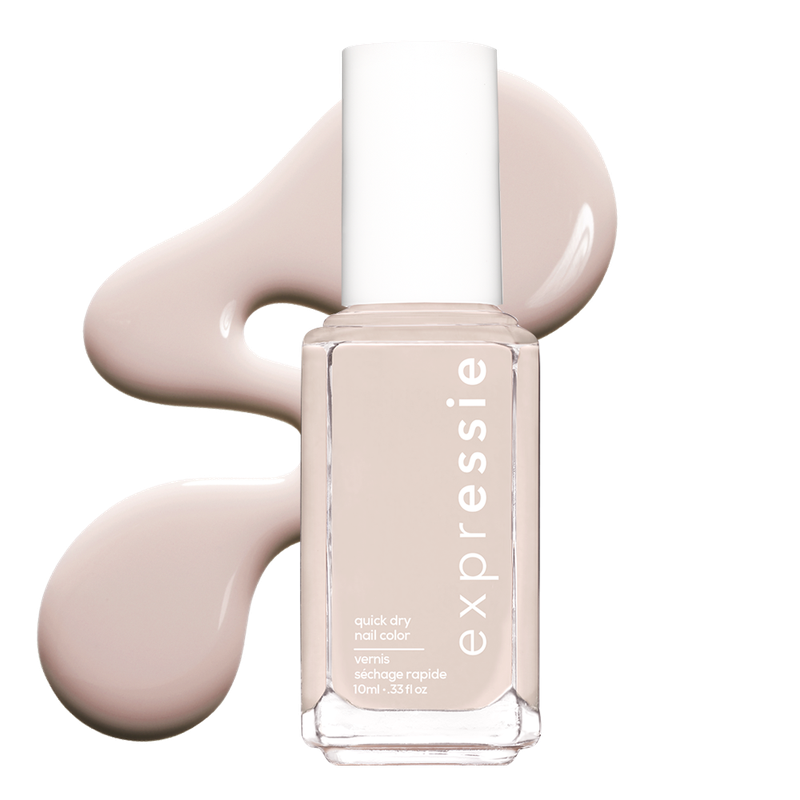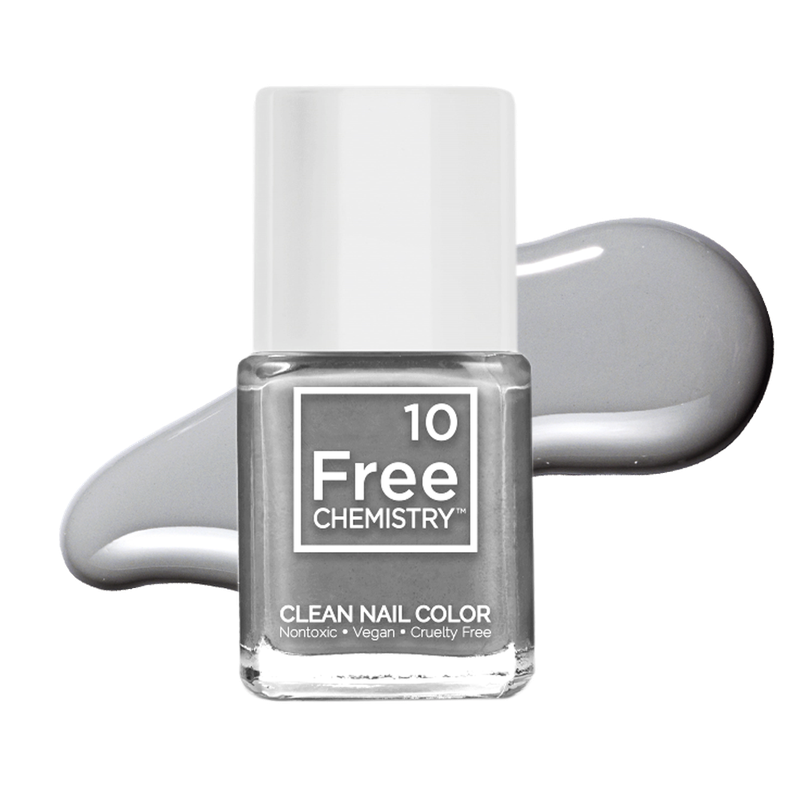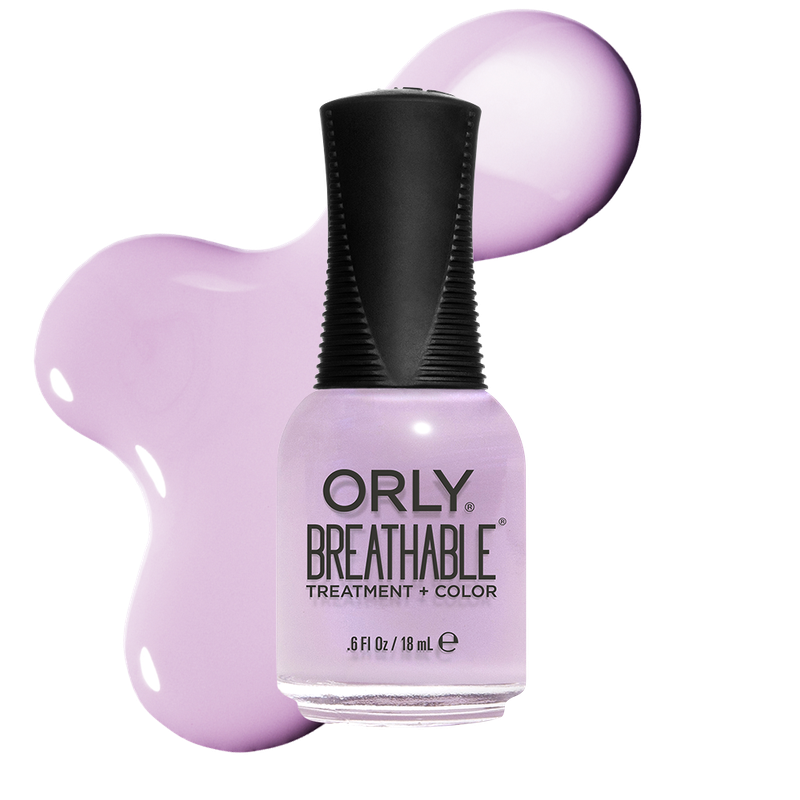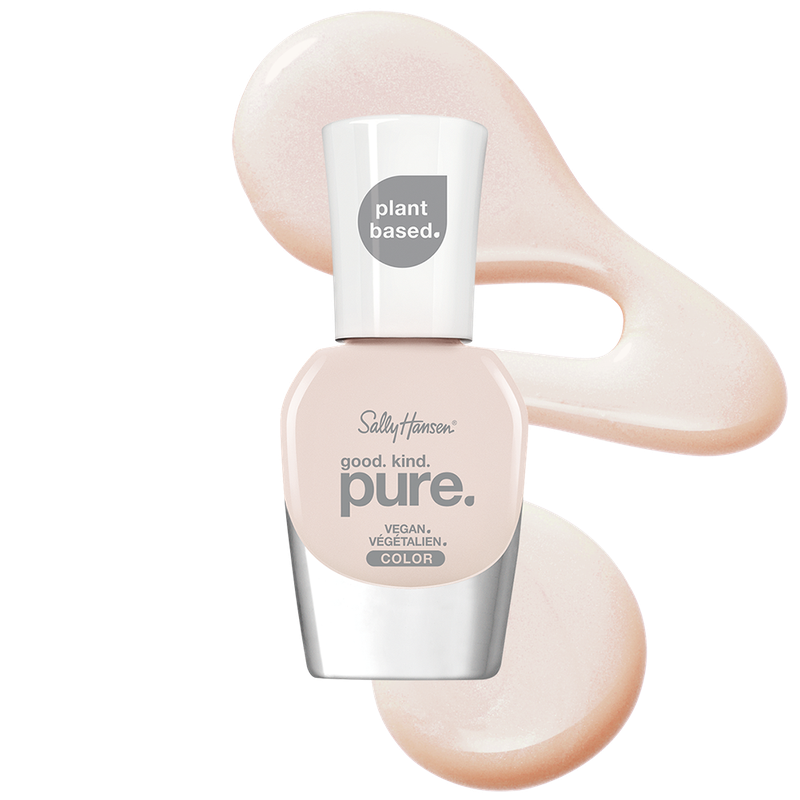The Ultimate Guide to Gorgeous Nails
There’s news in the nail world: Salons are offering more services than ever before, polishes are getting cleaner—and French manicures are getting dirtier. Let us bring you up to speed.
In this Article:
• What's New on the Spa Menu
• Is Your Manicurist Being Treated Fairly?
• The "Clean" Polish Guide
• Nail Rehab: How to Fix Damaged Nails
• How to Speed Up Your Manicure

Your local salon’s offerings can be confusing if you don’t know the lingo. Essie global lead educator Rita Remark explains each service.
Polish Manicure
Made primarily of pigments and flexible polymers, traditional enamel air-dries and lasts about a week.

The Dirty French
The spring runways offered lots of subversive twists on the classic French manicure: unexpected hues, off-kilter stripes, and glitter gone rogue. Here, Essie’ Rita Remark created several versions of the trend. Pick one and paint it on all 10 digits, or wear several designs at once. It’s rebellious—yet still refined.
Gel Manicure
Applied from a bottle, soft gels are a blend of acrylic oligomers and pigment that needs to be “cured” with a LED or UV light. Gels look plump on your nails, and results usually last up to 14 days. FYI: If a salon manicure or at-home product is labeled “gel” but doesn’t require curing, it’s something different. “Companies may use the term gel to describe a product that is thicker in texture or lasts slightly longer,” says Remark, but they’re basically just long-wear polishes.
Acrylic Manicure or Acrylic Set
When you hear the word acrylics, here’s what manicurists are usually talking about: acrylic powder that’s been applied to nails using a brush with a liquid monomer (which helps the powder bind), then shaped over the nails—or beyond—to elongate them. The mixture hardens on contact with the air, and then you can brush on polish or gel if the acrylic isn’t pigmented. “They’re the strongest nail coating,” says Remark, and they potentially last up to three weeks. However, your nails will grow, exposing new (bare) nail and inviting damage. That’s why manicurists recommend refills every two weeks.
Dip Manicure
Dips are made of an acrylic powder and a liquid activating agent. The technician applies a bonding base to your nail, dips your fingertip into the acrylic mixture, then coats it with an activator. Some people believe dips last longer than standard acrylics, but there’s no evidence, says Remark. Plus, she raises a hygienic flag: “If your manicurist isn’t taking powder out of its pot and putting it in a new dish, it’s kind of like double-dipping with your waxing stick.” So make sure you’re getting fresh materials.
Tips
These clear plastic pieces are glued to nails to make them look longer. Your manicurist will apply acrylic over the tips for a realistic look, then follow with colored polish if the acrylic was clear.
Get exclusive access to fashion and beauty trends, hot-off-the-press celebrity news, and more.

Have you ever thought that $10 seems awfully cheap for a manicure or wondered how nail technicians can stand the smell of salon chemicals all day long? You should be concerned: Improper compensation and unsanitary conditions are common abuses in the salon industry, and a study in the Journal of Occupational and Environmental Medicine (among others) shows that technicians can develop health problems due to prolonged exposure to chemicals and materials in unsafe doses. In order to be an ethical patron, it’s important to take your business to a salon that cares for its workers. Here are some ways to tell if your go-to spot is treating its employees right:
There are visible trash receptacles.
“Look for covered garbage cans next to every station,” says Amy Lin, founder of the New York City salon chain Sundays. This means technicians are disposing of used materials properly and the lids trap any fumes that could cause dizziness or headaches.
The tools are squeaky clean.
With fresh tools, your technician won’t be exposing herself (and you) to bacteria. Nail tools should be taken from a sanitizing box with bacteria-killing UV light that’s clearly on and lit. (You can’t always trust tools in a sealed package; some proprietors seal used tools to make them appear clean.)
Ventilation is visible and effective.
“Fans aren’t enough to keep fresh air circulating throughout the salon,” says Lin. Keep your eyes peeled for vents that are noticeably circulating air throughout the space.
Rates aren’t extremely low.
“If the salon sits on prime real estate and the prices seem low, there’s
a chance the technicians aren’t being compensated fairly,” says Lin. For example, as of 2019, New York City’s minimum wage for tipped workers is $10.20 an hour, and a manicure takes at least 30 minutes. While the fee you pay compensates the worker, there’s also the cost of products, tools, and rent. Generally, that means a manicure should cost at least $15. And Lin recommends you tip the technician in cash directly.

“‘Natural’ or ‘clean’ polish is somewhat of a misnomer, as nail polish is not something that grows or can be found in nature,” explains New York City– based dermatologist Dana Stern, who specializes in nail health. But as consumers become more conscious about what they’re putting on their bodies, companies are taking certain ingredients out of their formulas and calling them “clean.” But there is no government standard for what this term means. (Companies and retailers can have their own definitions and lists of no-no ingredients.) In the nail world, most brands label their polishes by the number of “non-clean” ingredients left out (“3-Free,” “5-Free,” etc.). Here’s what those categorizations mean and why some of the omitted ingredients may have a bad rap.
3-Free: This baseline for healthy polish omits these three ingredients, which are universally shunned by the modern nail industry.
Formaldehyde
Still used as a preservative in cosmetics, this known carcinogen is also linked to asthma.
Phthalates (like DBP)
This class of plasticizing chemicals, used to make products more pliable, can disrupt the reproductive system and may cause birth defects.
Toluene
The toxic ingredient, which helps to suspend pigment evenly
in a formula, can damage the nervous system and cause birth defects.
5-Free: These two additional chemicals may cause concerns, so they’re sometimes removed as well.
Formaldehyde resin
Often used to add shine and durability to a polish, the substance has been shown to cause allergic reactions for some people.
Camphor
This compound may be used to keep polishes from cracking, but inhaling it has been shown to cause dizziness, headaches, and nausea.
7-Free, 8-Free, 10-Free, and Beyond
Brands may remove additional materials, such as the plasticizer ethyl tosylamide, which can cause antibiotic resistance, or others irritants or ingredients rumored to cause disruptions to the body. But many companies ditch ingredients simply because of negative consumer perceptions (often fueled by online rumors or a general assumption that chemicals are “bad”) rather than scientific evidence.
The Clean Crew: Health-conscious polish brands are cropping up everywhere. Here, the best formulas of the bunch.

Hangnails. Bleeding cuticles. Tips with the pliability of papier-mâché. Reader, you have trash nails, and you’re not alone. Here’s how to bring beaten-down nails back to their former glory, according to manicurist Miss Pop.

Prevent damage by removing polish correctly. “Don’t use pure acetone. It’s very drying, and a gentler remover with a lower percentage of acetone works just as well,” she says. If you’re hitting the salon to remove gels, the technician shouldn’t use metal tools to pry them off. Instead, she may buff the gel to weaken it, apply a remover-soaked cotton pad, and wrap nails in foil until the gel breaks down. She’ll usually remove any remaining pieces with a wooden orange stick or gentle buffing.

“Everyone should be using cuticle oil at least a few times a week,” says Miss Pop, a NYC-based nail artist. “It rehydrates your skin and the nail itself.” Apply it around the cuticles. If your tips are bare, you can also rub it into nail beds.

Reach for a deep-conditioning nail-bed treatment that contains oils like photolipids, sunflower oil, or almond oil to give nails more intense enrichment that will make them harder and less likely to break. Save these oil-based formulas for when you’re going color-free, as they’ll cause polish to slip and won’t allow gels to stick.

If you just don’t have the time to spare—or you can’t trust yourself to let all 10 digits set without smudging—try these solutions.

Consider this the FastPass version of your favorite shade. Its formula is a triple threat—a base coat, color, and topcoat all in one silky liquid—yet it takes only 60 seconds for each coat to dry. The firm tapered brush makes for a dexterous application, even with shaky hands.

These “stickers” are actually made from real polish pressed into the perfect shape for application. Find the sticker that fits each nail, press it on, and file away any leftovers hanging off the tip. Zero drying time.

Gone are the awkward faux nails that left high school you ham-handed. These upgrades have been streamlined to fit the curve of your nail bed and hug your cuticles more closely, which ensures longer wear and a snugger fit. And the realistic shape means no one will suspect these are fakes.
This story appears in the February 2020 issue of Marie Claire.
Photographer: Kathryn Wirsing.
Manicurist: Rita Remark.
Third section image via Stocksy.
Taylore Glynn is a former beauty and wellness editor for Allure. Previously, she served as beauty and health editor at Marie Claire and Harper’s Bazaar, and her work has appeared in Refinery29, Town & Country, Compound Butter, and RealSelf. She holds a master's degree in English and Creative Writing from Monmouth University. If you need her, she’s probably at the movies, braising a chicken, or evening out her cat eyeliner.



